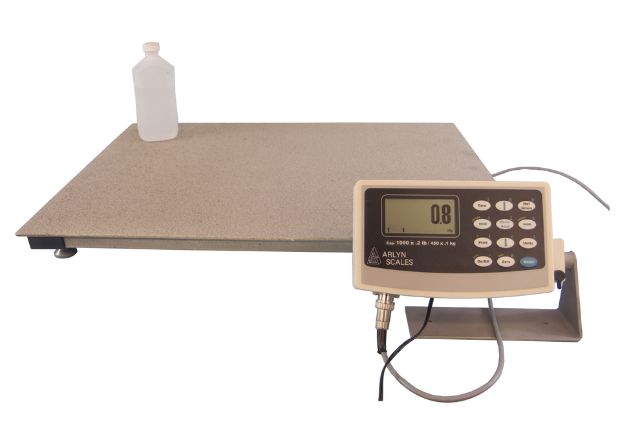In the ever-evolving landscape of industrial processes, precision and efficiency in measurement play pivotal roles. The continuous quest for improving accuracy and streamlining weighing procedures has led to remarkable innovations in industrial weighing technology.
For instance, companies like Arlyn Scales have contributed significantly to this progress, introducing cutting-edge solutions that redefine measurement standards.
This article delves into the latest advancements shaping the field of industrial weighing, highlighting the key features and benefits that propel these innovations to the forefront of various industries.
Ultra-sensitive Load Cells: Elevating Precision to Unprecedented Levels
The load cell is at the core of industrial weighing systems, a critical component responsible for converting force or weight into an electrical signal. The latest innovation in this domain revolves around ultra-sensitive load cells that redefine precision.
These load cells are equipped with advanced materials and intricate designs, allowing them to detect even the minutest changes in weight with unparalleled accuracy. Industries requiring high precision, such as pharmaceuticals and electronics manufacturing, benefit significantly from these ultra-sensitive load cells, ensuring the utmost process accuracy.
Wireless Connectivity: Unleashing Flexibility and Accessibility
Traditionally, industrial weighing systems were tethered by a web of wires, limiting their flexibility and ease of use. The latest innovations in industrial weighing introduce wireless connectivity, liberating these systems from the constraints of physical connections.
Wireless technology enhances the aesthetics of the workspace and allows for easy integration with other devices and systems. This newfound flexibility facilitates the creation of dynamic weighing setups, allowing industries to adapt and reconfigure their processes swiftly.
Smart Weighing Systems: Harnessing the Power of Data
In the era of Industry 4.0, data is king, and smart weighing systems are at the forefront of harnessing its power. These systems incorporate advanced sensors and data analytics capabilities, providing real-time insights into the weighing process.
The ability to gather and analyze data enhances accuracy and enables predictive maintenance, minimizing downtime and optimizing overall efficiency. Smart weighing systems are becoming indispensable in industries where data-driven decision-making is a key driver of success.
Integration with IoT: Creating a Seamless Ecosystem
The Internet of Things (IoT) has permeated various industrial sectors, and industrial weighing is no exception. The latest innovations focus on integrating weighing systems with IoT, creating a seamless ecosystem where devices communicate and collaborate in real time.
This integration allows for remote monitoring and control, predictive maintenance, and the ability to adapt to changing conditions autonomously. The result is a more interconnected and efficient industrial process that responds dynamically to the demands of the modern business landscape.
Environmental Adaptability: Thriving in Challenging Conditions
Industries often operate in harsh and challenging environments where traditional weighing systems may falter. The latest innovations in industrial weighing address this concern by introducing systems designed for environmental adaptability.
These robust weighing solutions can withstand extreme temperatures, humidity, and other challenging conditions, ensuring consistent performance in diverse industrial settings. These adaptable weighing systems, from heavy-duty manufacturing plants to outdoor construction sites, prove their resilience and reliability.
Advancements in Calibration: Ensuring Consistent Accuracy
Calibration is a critical aspect of industrial weighing, ensuring that measurements remain accurate over time. The latest innovations in calibration methodologies focus on automating and simplifying the process.
Advanced calibration techniques, such as self-calibration and remote calibration, reduce downtime and eliminate the need for manual intervention. This ensures consistent accuracy and contributes to the overall efficiency of industrial processes.
User-Centric Design: Redefining the Industrial Weighing Experience
The focus has shifted from mere functionality to a more user-centric approach in industrial weighing. The latest innovations center around the design of weighing systems with the end user in mind, aiming to enhance usability and accessibility.
Intuitive interfaces, ergonomic structures, and user-friendly controls characterize the new wave of industrial weighing solutions. This shift not only simplifies the operation of these systems but also reduces the learning curve for operators.
Conclusion
The latest innovations in industrial weighing represent a paradigm shift in how industries approach measurement and precision. From ultra-sensitive load cells to wireless connectivity and integration with IoT, these advancements collectively pave the way for a new era in industrial weighing.
The benefits extend beyond mere accuracy, encompassing flexibility, adaptability, and the ability to harness the power of data for informed decision-making. As industries continue to embrace these innovations, the future of industrial weighing looks promising, with efficiency at its core.






